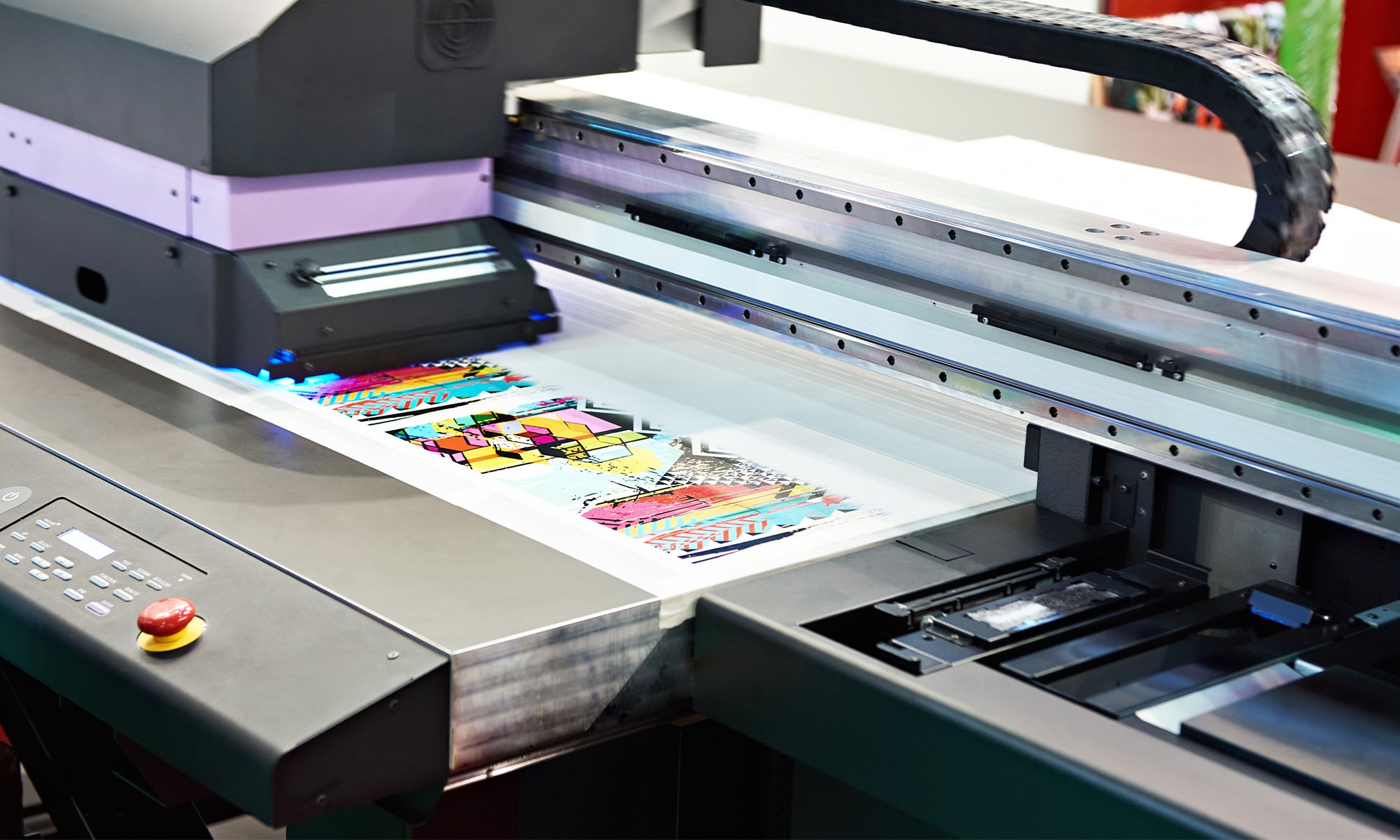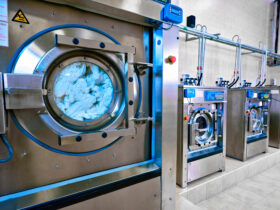The printing industry has been revolutionized by the introduction of UV printers. This innovative technology is changing how businesses and individuals access printed products, making it easier to produce high-quality prints quickly and cost-effectively.
UV printers offer a wide range of benefits, from increased productivity and improved print quality, to greater versatility with a range of substrates that can be used in different applications. Moreover, this technology is also being used to create unique patterns on materials such as wood or metal for decorative purposes. In this article we will explore the impact that UV printing technology has had on the traditional printing industry, discussing its advantages and disadvantages as well as its potential implications for the future.
Overview of UV Printer Technology

The overview of UV printer technology is a key element to understanding the impact it has had on the printing industry. UV printers are digital inkjet machines that print with ultraviolet light-curable inks, allowing for accurate and repeatable prints onto virtually any substrate. This kind of technology has revolutionized how businesses produce marketing materials, signage, packaging and labels – providing faster turnaround times and higher quality results at reduced costs compared to traditional offset or screen printing processes.
With their ability to print on almost any material—including paper, wood, plastic, metal and glass—UV printers are ideal for short-run production runs as well as custom jobs that require unique specifications or customization. Furthermore, advances in UV ink chemistry have enabled these machines to produce vibrant colors across an array of substrates with greater durability than ever before. Overall, this technology is transforming the printing industry by offering customers greater flexibility when it comes to product design while reducing overall cost and time needed for production runs.
Benefits of Using UV Printers
UV printers offer a variety of benefits to the printing industry. One of the most significant advantages is its cost-effectiveness; UV printers require less energy to operate, making them more economical than other printing methods. Additionally, they are capable of producing high-quality prints on both rigid and flexible materials with consistent results every time. Furthermore, since these printers use ultraviolet light instead of traditional inks or toners, they produce prints that are far more durable and long-lasting than other types of prints.
Moreover, UV printers allow for greater flexibility when it comes to design; by using special software and designs , unique graphics can be printed onto any material without compromising quality or clarity. Finally, due to their superior resolution capabilities , UV printers enable images to be reproduced with startling accuracy and detail – perfect for capturing fine details like small text fonts or intricate patterns.
Challenges for the Printing Industry in Adopting UV Printers
 The introduction of UV printers has presented a number of challenges to traditional printing operations, as businesses must adapt their processes and equipment to use these new technologies effectively. One major challenge is the cost associated with purchasing and maintaining this type of printer; it can be much more expensive than other types of printers on the market today.
The introduction of UV printers has presented a number of challenges to traditional printing operations, as businesses must adapt their processes and equipment to use these new technologies effectively. One major challenge is the cost associated with purchasing and maintaining this type of printer; it can be much more expensive than other types of printers on the market today.
Additionally, staffing up employees who are knowledgeable about operating this type of printer requires additional training and time investment from business owners. Furthermore, some materials may require pre-treatment or post-treatment processing when used with a UV printer that adds an extra layer of complexity to production runs. Finally, finding reliable suppliers for inks and parts necessary for maintenance can be difficult due to their specialized nature compared to other types of printing technology which are more widely available on the market.
Potential Impact of UV Printers on the Printing Industry

The potential impact of UV printers on the printing industry is likely to be substantial. The technology promises faster and more efficient production, with higher quality results that require less waste material for a given job. This could result in lower costs for consumers as well as potentially increased profits for businesses in the printing sector.
Furthermore, UV printer technology offers a wider range of capabilities than traditional methods of printing such as offset lithography or flexography, allowing businesses to produce unique products while still maintaining high standards of reliability and accuracy. Additionally, the introduction of these new technologies has the potential to create new business opportunities and open up markets previously inaccessible through traditional methods. Ultimately, this could contribute to growth within the printing industry by facilitating innovation and driving competition among existing players.






